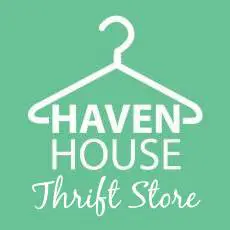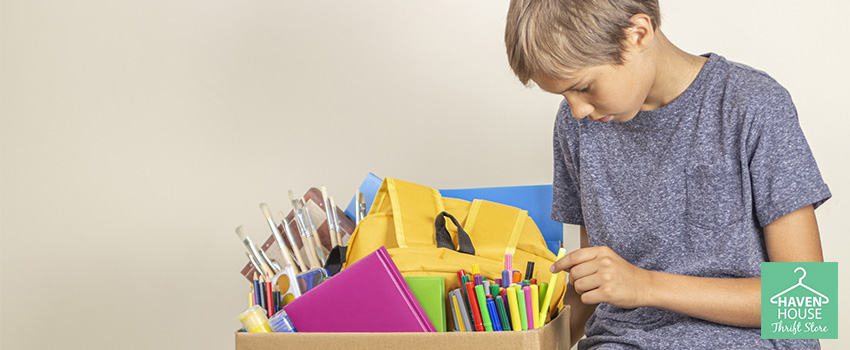Buying clothes from a thrift store has a lot of perks. Apart from the money you can save and the multitude of designer items that you can score, buying secondhand clothes helps save the environment more than you know. It is a good way of keeping recyclable (and fashionable) pieces of clothing from ending up in landfills.
Taking home clothes that are freshly bought from a thrift store brings about a unique feeling of excitement. It is simply satisfying to add rare pieces to your wardrobe and use your creativity to mix and match items to create new, unique looks for work or leisure. With the immense diversity of clothing that can be bought, you can even change your style from week to week!
Still, no matter how thrilled you are when purchasing used clothes from thrift shops, you might still get this troubling thought as you rummage those piles of clothing – “Are thrift store clothes clean?”
A lot of people still avoid thrift shopping due to assumptions about the products. Because we’ve been too accustomed to the idea that “new” means “clean,” we automatically think that used items, especially previously-owned clothes, are unsanitary. Have you also considered the fact that new clothes are really not as pristine as you think? In fact, before they even get to retail stores, new clothes are treated with a number of harmful chemicals and handled by multiple people.
This only goes to show that whether you purchase brand new clothes or hand-me-downs, it is very wise to wash them first, but before we get to washing thrift store clothes, there is an extremely important rule that you should never forget.
Follow wash instruction labels.
Have you ever had the unfortunate experience of accidentally destroying a garment and then realizing that you should have paid more attention to its labeling instructions? We’ve all been there! Labels should be strictly followed to preserve the quality of the fabric and make it stand the test of time. Understanding them is quite simple. Though some may just show symbols as a guide, most tags would either say “dry clean only,” or “do not bleach” or “hand wash only.”
Unfortunately, not all clothes from thrift shops still have their labels intact. Some may have been removed or may no longer be readable due to excess usage or multiple handling. In this case, don’t be afraid to follow your gut instinct on how to wash clothes from thrift stores. Also, keep in mind that vintage clothes (those that are made 20 years ago or older) are different from those made with modern fabrics, and therefore should be cleaned more carefully. Many vintage garments are dry clean only, so if the label says so, you want to do just that.
Based on the label instructions and after establishing what cleaning technique is right for each piece, you may now begin washing thrift store clothes:
Machine Wash
For tough, washable clothes, there is still obviously a need to separate by color. When you load them in the machine, it is advisable to use hot water in order to kill any germs. For the best results, dry them on the highest temperature possible to ensure that all unwanted microorganisms, including bugs and their eggs, will be wiped out, if present.
Hand Wash
This can be done on delicate fabric and those that are labeled “hand wash only.” Using an anti-bacterial soap or disinfectant detergent, wash them carefully. If possible, hang them to dry in the heat of the sun, which is also considered a non-toxic disinfectant.
Sodium bicarbonate
Not only is baking soda an efficient way of washing thrift store clothes; it is also a natural deodorizer that can get rid of the smells in old clothes. You can either mix it with your laundry detergent or pre-soak the clothes in baking soda before washing.
Vinegar
It may sound a little weird, but due to the acid compound of vinegar, it has become a legit way to remove nasty odors in clothes. It can also make your white clothes even whiter and your colored more vibrant.
Most thrift stores do not wash their inventory before putting it on the floor; this is often recommended to donors before they drop any items off, just as it is the responsibility of manufacturers before they ship new clothes to stores. It’s always best that you wash new purchases before wearing, whether you’re bringing home stylish additions from a boutique or a thrift store like Haven House.




